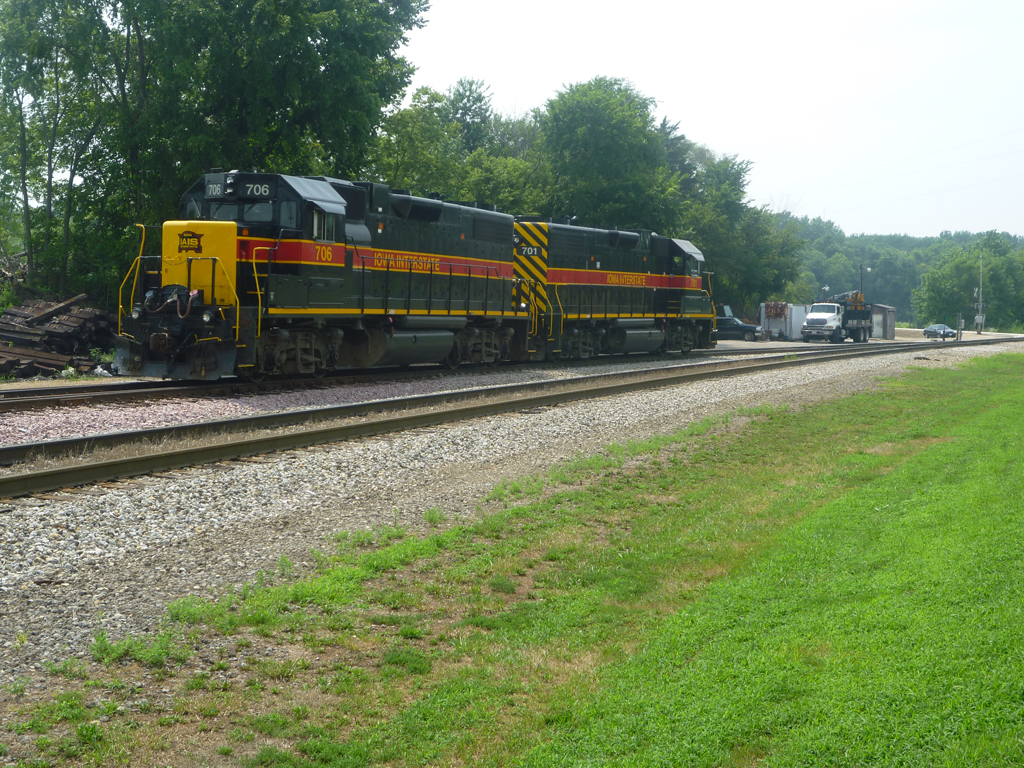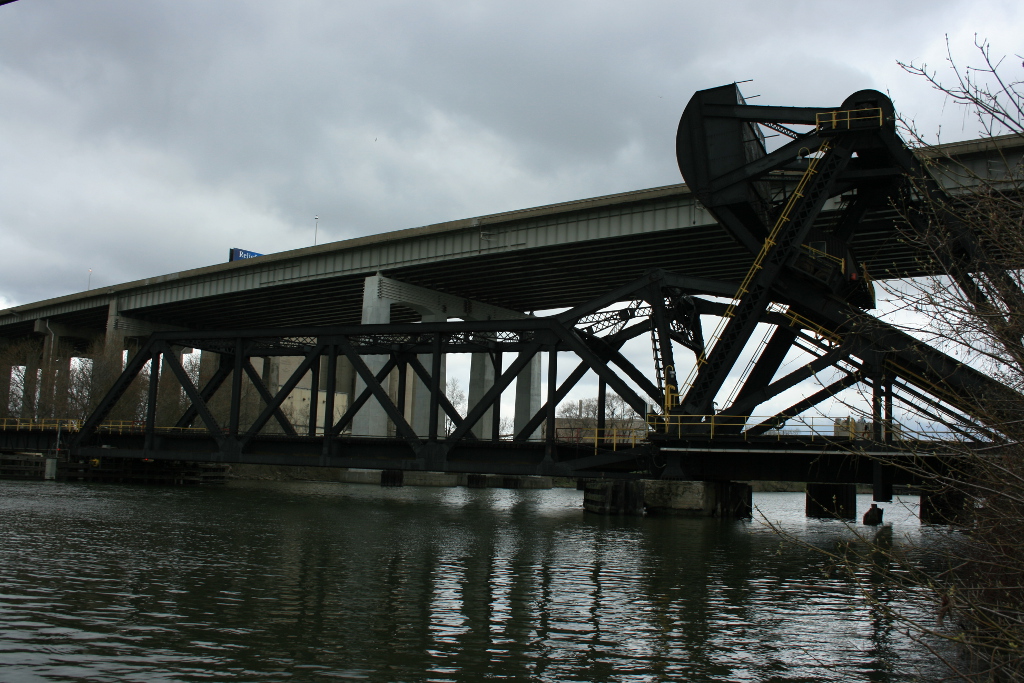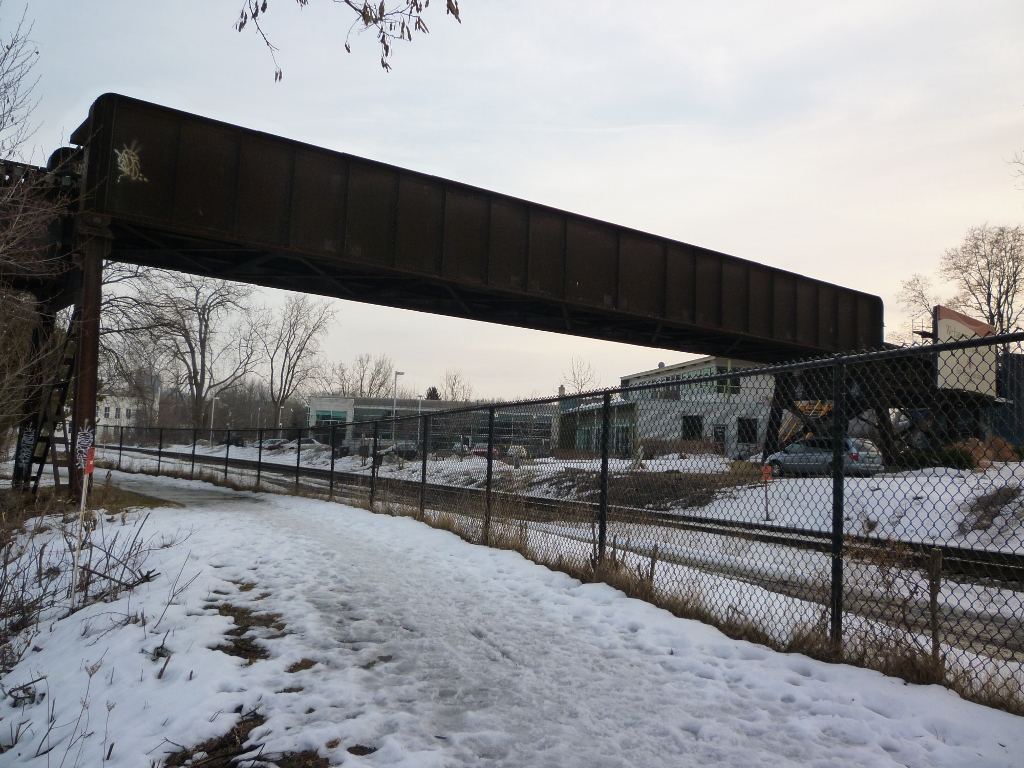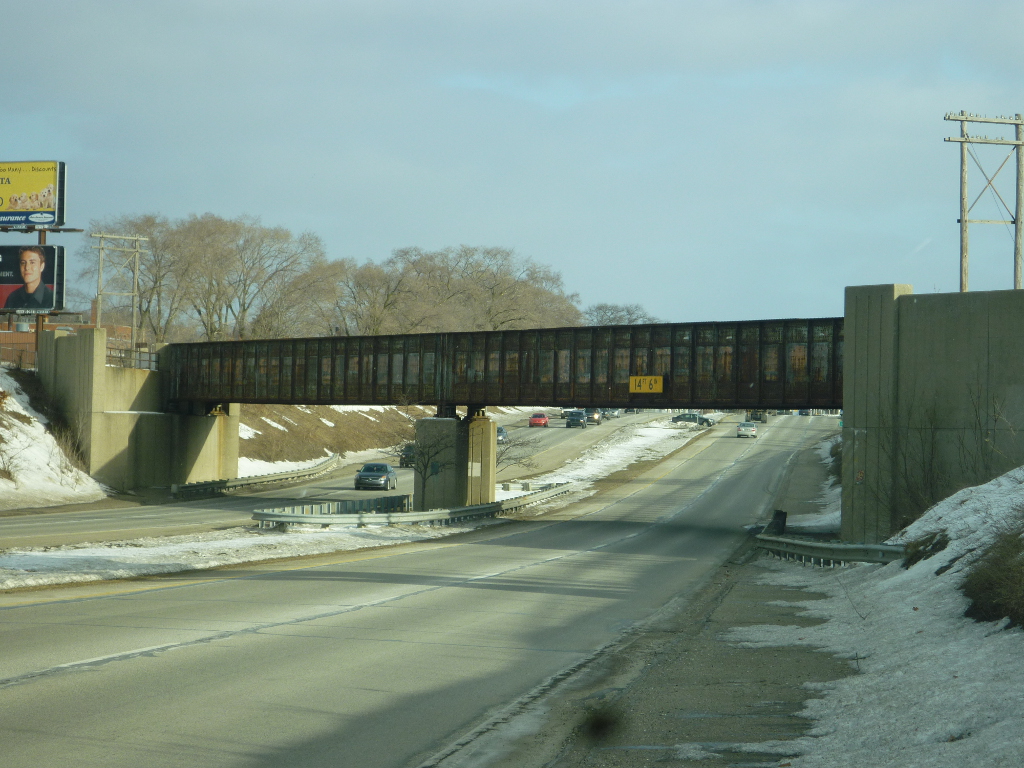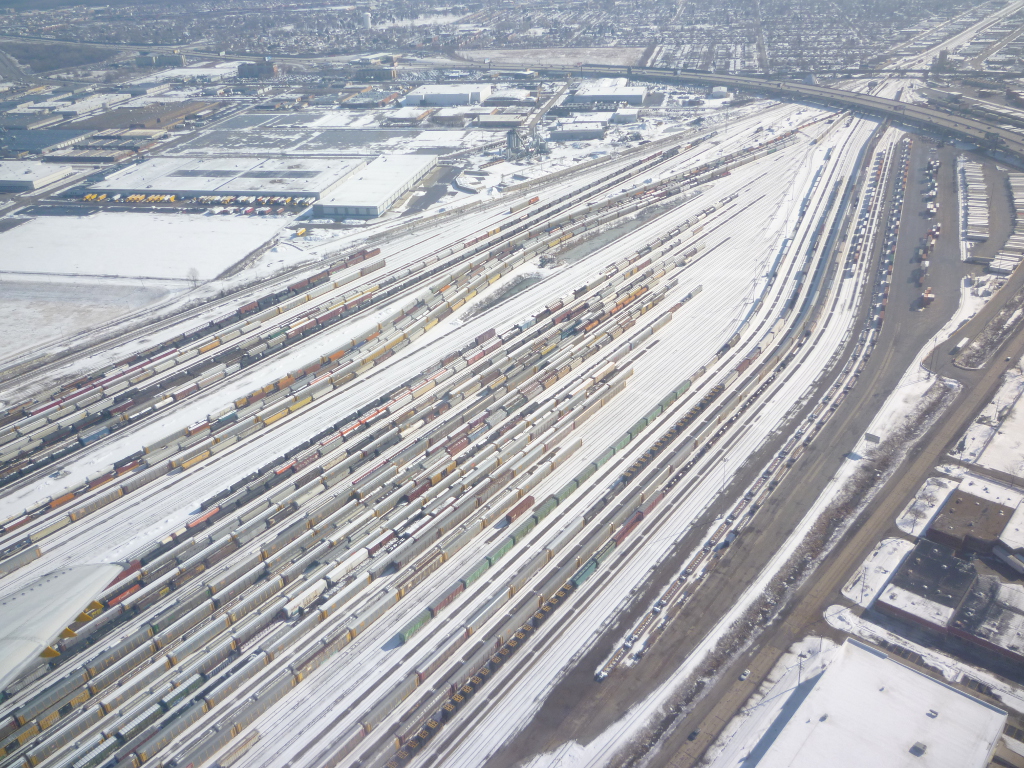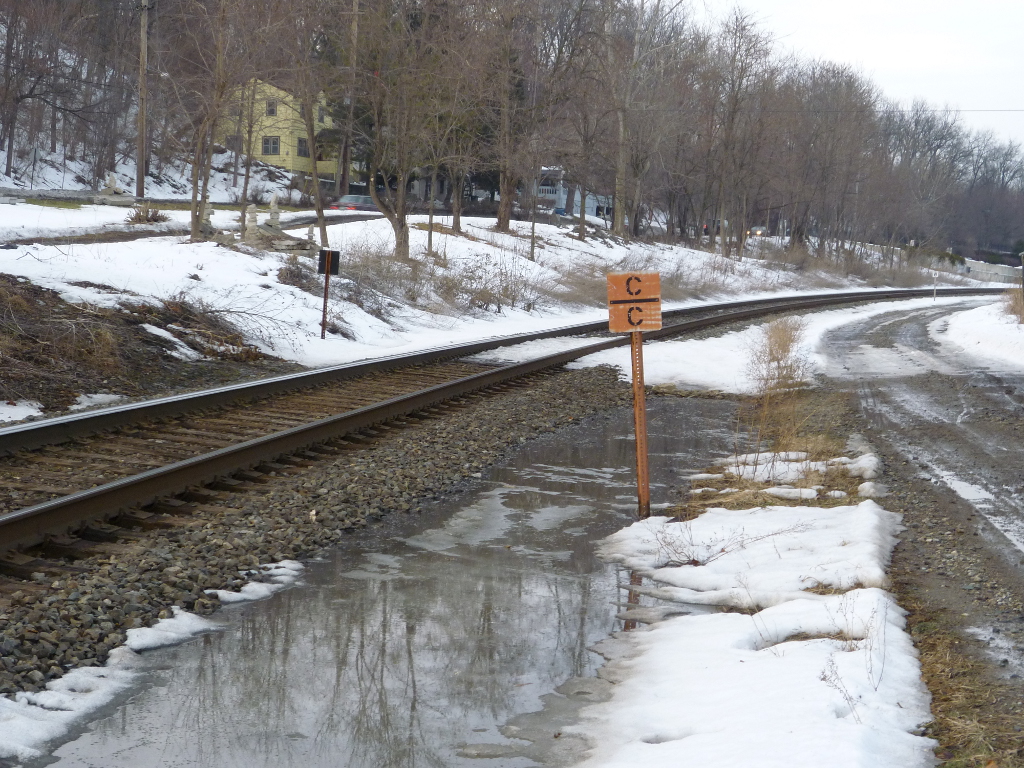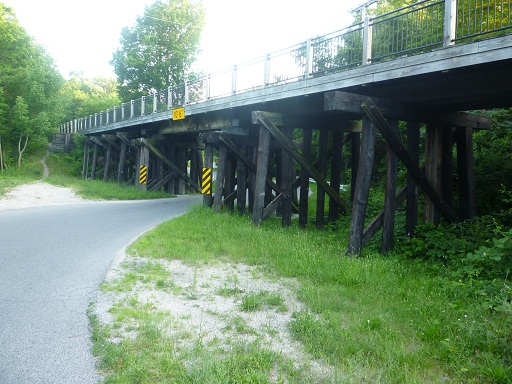
Photo Credit: Alex Mead
Seen above is an old railroad trestle that has been converted into a pedestrian bridge. This particular bridge is part of a trail called the Hart-Montague Bicycle Trail, a state park in Michigan. The trail is part of a large network of trails across the country that are built from retired railroad lines. These trails exist due in large part to the effort of the Rails to Trails Conservancy. These trails offer a great way to explore reclaimed natural environments and to stay fit by either walking, running, or biking the trails. More can be found about the about the Rails to Trails Conservancy and the trails that are part of the network here.
